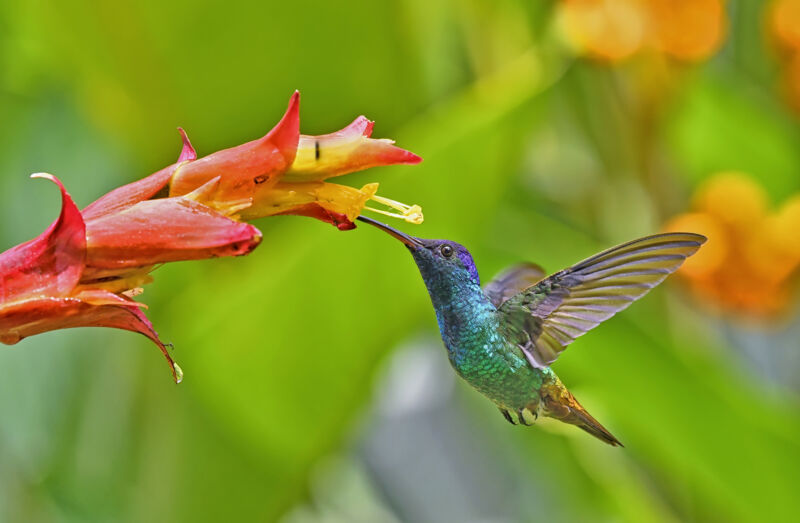Hummingbirds thrive on an extreme lifestyle. Here’s how.

Enlarge / Hummingbirds-like this golden-tailed sapphire from South America-draw the eye with their bright colors and busy, hovering flight. Biologists are drawn to understand the suite of adaptations they have evolved to survive extreme lifestyles. (credit: webguzs via Getty)
Everyone loves to watch hummingbirds-tiny, brightly colored blurs that dart about, hovering at flowers and pugnaciously defending their ownership of a feeder.
But to the scientists who study them, hummingbirds offer much more than an entertaining spectacle. Their small size and blazing metabolism mean they live life on a knife-edge, sometimes needing to shut down their bodies almost completely just to conserve enough energy to survive the night-or to migrate thousands of miles, at times across open ocean.
Their nectar-rich diet leads to blood-sugar levels that would put a person in a coma. And their zipping, zooming flight sometimes generates g-forces high enough to make a fighter pilot black out. The more researchers look, the more surprises lurk within those tiny bodies, the smallest in the avian world.